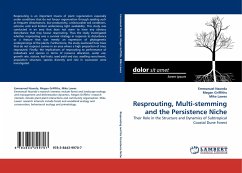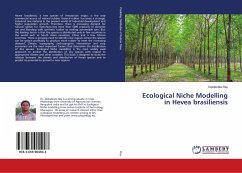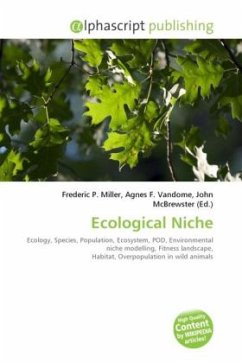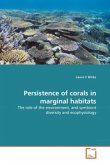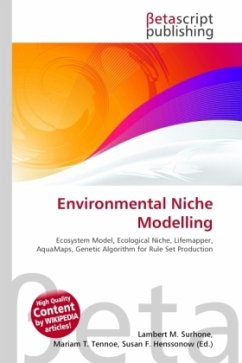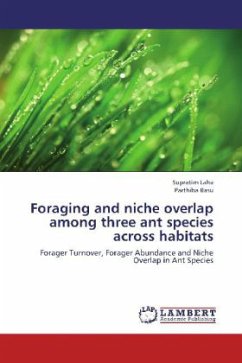Resprouting is an important means of plant regeneration especially under conditions that do not favour regeneration through seeding such as frequent disturbances, low productivity, unfavourable soil conditions, extreme cold and limited understorey light availability. This study was conducted in an area that does not seem to have any obvious disturbance that may favour resprouting. Thus the study investigated whether resprouting was a survival strategy in response to disturbance or a feature that was merely an expression of phylogenetic underpinnings of the plants. Furthermore, the study examined how trees that do not resprout survive in an area where a high proportion of trees resprouted. Finally, the implications of resprouting to performance of individuals and species in terms of resource allocation, water use, growth rate, stature, leaf traits, seed yield and size, seedling recruitment, population structure, species diversity and role in succession were investigated.
Bitte wählen Sie Ihr Anliegen aus.
Rechnungen
Retourenschein anfordern
Bestellstatus
Storno

